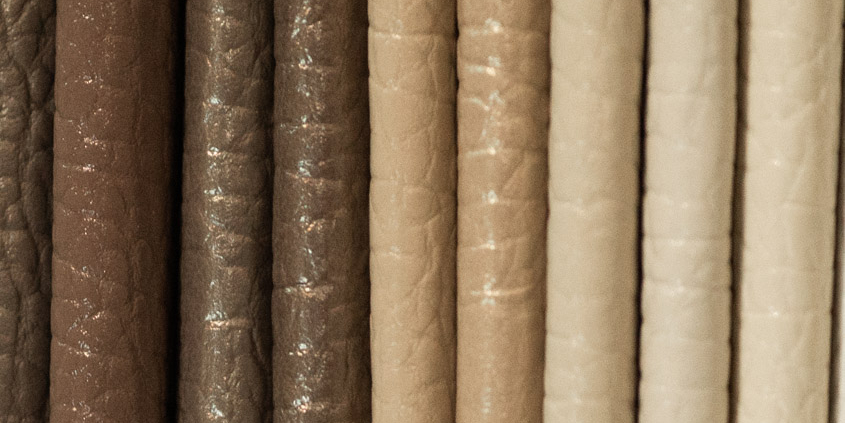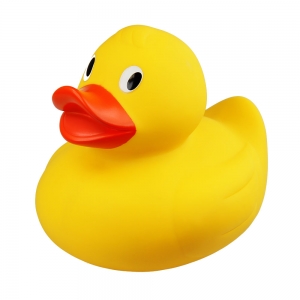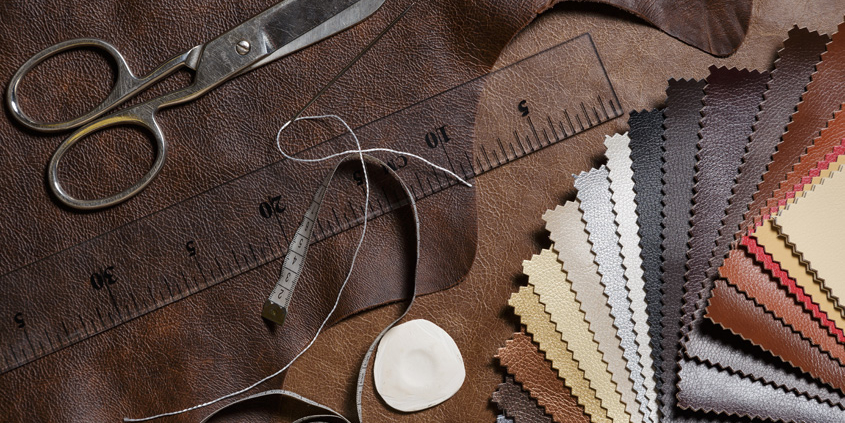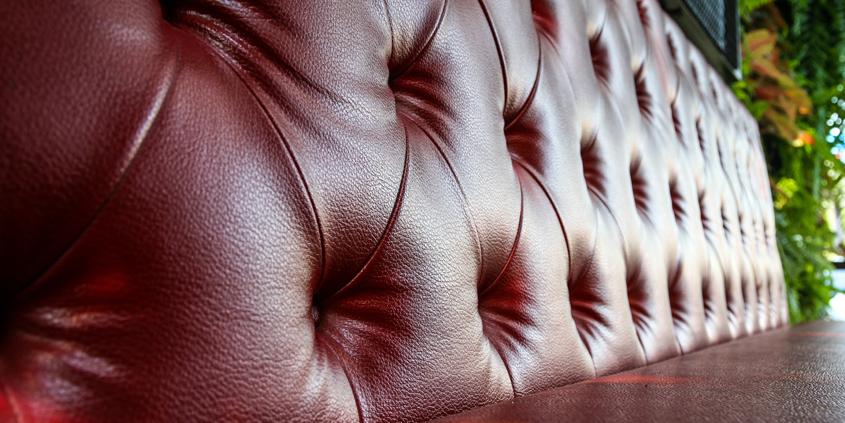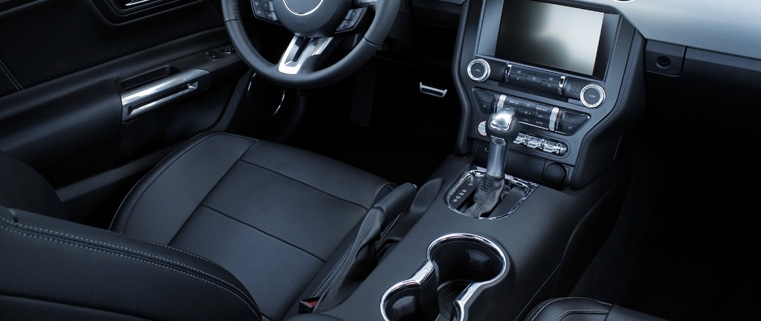PVC synthetic leather is an easy-care and cost-effective alternative to leather of animal origin. The products are durable and can be designed according to almost any pattern.
PVC resins play a critical role as the principle binder in the in the manufacture of artificial leather. Depending on the targeted end use, different types of PVC resins are carefully synthesized so that, when mixed with the appropriate choice of plasticizers, stabilizers, pigments, fillers, and additives, they can give the desired strength, flexibility and durability to the artificial leather. The choice of the fabric to be coated also contributes to the overall performance of the formulated artificial leather.
The general production process of artificial leather is quite detailed and can be broken down into the following steps:
PVC is often used in apparel industry for jackets, handbags and shoes. It is versatile, sustainable and more cost-efficient than traditional leather.
The synthetic leather fabric market for apparels is largely dominated by either PVC based on polyurethane (PU) based fabrics. Regardless of the resin type, the basic process of fabric making is the same as described above. Both chemistries are specifically formulated to achieve a desired fabric feel, flexibility and texture. A central difference
between the two types is however that PVC based fabric is inherently flame retardant, and longer lasting (more weatherable) than PU. The PUs are then again generally more “breathable” and feel more natural while wearing, and are hence favored by more exclusive manufacturers. But both resin types can be used to produce a vast variety of colors whilst also being very well suited to be cut and stitched into various end uses and holding up very well to the rigors of each market’s performance demands.
Browse through all products related to Aparel in our PVC Finder:
PVC based fabric holding the cost advantage over PU. Due to the impervious nature of PVC based artificial leather, it is the preferred material of choice for medical devices like dentist chairs or examination tables where a resistance to frequent cleaning or an exposure to strong detergents and disinfectants is necessary.
Browse through all products related to Furniture in our PVC Finder:
Its versatility and sustainability make PVC artificial leather also a suitable material in the transportation industry. Typical applications include upholstery and the lining of car interiors.
PVC based artificial leather finds extensive use in the transportation industry – for example for cars, scooters, motorbikes, airplanes or marines. Each specific subsegment of the transportation industry brings along stringent performance requirements – durability, weatherability or chemical resistance. For automotive interior components (car seats, dashboard covers, door panels), it is required to meet additional requirements like “low fog” – where under elevated temperature and time, the organic volatiles of the PVC surface could deposit in the glass interior and create a “fog” that is not easy to clean or to remove by air conditioning. Specific performance specifications have been set for PVC resins and cannot be exceeded.
For example, European specifications are based on gravimetric (weight) loss, whereas in the United States, it is based on photometric (light) transmittance. Artificial leather producers for this segment ask PVC resin producers to only supply resins that are certified to meet this low-fog test specifications. Vestolit offers a wide variety of PVC grades (dispersion/paste as blending resins) with varying mechanical, rheological and foaming properties that meet or exceed the overall requirements for all three manufacturing sub-segments listed above. See table for the resin choices. Due to such a large choice of resin options available globally, we strongly recommend that potential users of these resins hold detailed 1-on-1 conversations with Vestolit commercial and technical professionals to choose the right resin(s) for their specific end use.

